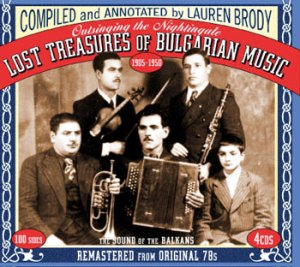After our tour with Alan Lomax’s “World Library of Folk and Primitive Music”, I propose you another tour of the world’s traditional music, this time with another important collector and researcher, Deben Bhattacharya. Born in Benares, India in 1921, Deben spent most of his life on the roads of the world, recording in small villages and cities the music of the world’s people, taking pictures and making films to help others understand better the diverse cultures he encountered. When he was not travelling, he made his home in diverse cities of Europe like London, Vienna or Paris, where he ended his well-spent life in 2001, in the Montmartre village-like neighbourhood he loved so well.

I’ll start this first foray into Deben Bhattacharya’s works with recordings he made in Israel in the summer of 1957 among diverse jewish communities. Let’s hear his first impressions of the young Hebrew state:
…The first thing that struck me on my arrival in Israel was the extraordinary variety of faces and the overwhelming diversity of sounds. people have poured into the country from all parts of the world- from East and West, North and South- bringing with them the habits, languages and music of their previous homelands. On the face of it, it seemed a confusion of old and new, struggling to integrate the Orient with the Occident, to intertwine the ancient and the sacred with contemporary scepticism. As i consulted my diary while preparing this text, I found my appointements with musicians varied in irregular succession with people from different part of the world. Today it would be with a Spanish group, and tomorrow with the Yemenites; and then the day after, I would probably be recording with the Bukharis who came from Central Asia…

At this time, 1957, not a decenny yet after the State of Israel was established, many jewish immigrants from all parts of the world were starting there a completely new life, with the difficult task of building their new home as well as participating to the edification of the new State. From diasporic jews, they had to become Israeli citizens, learn a new/old language, hebrew, and felt torn between their old ways and the new ways that surrounded them. People with very different backgrounds, reunited only by their own appartenance to a people and religion that was disseminated all over the world, had to work, fight and struggle hand in hand in a small piece of land that had a legendary past but an uncertain and fragile future.
For someone like Deben Bhattacharya who was passionate and curious about the world’s cultures and traditions, Israel may really have felt like the “Promised Land”. Where else in the world at this time, could he have encountered in one place such a diversity of sounds? The long Spanish ballads sung with the oud, the arabic luth, a Yemenite singing a song in hebrew to the rhythm of a kerosene tin, the cantorial songs of east-european rabbis, music from Central Asia played by a bukharian ensemble on traditional instruments like Chang, Santur, Kamancha and Doiras, a Police band playing old and new european jewish tunes, a morrocan singer singing love songs in Arabic, again with the oud, religious songs of the jews from Cochin, India, etc…
really have felt like the “Promised Land”. Where else in the world at this time, could he have encountered in one place such a diversity of sounds? The long Spanish ballads sung with the oud, the arabic luth, a Yemenite singing a song in hebrew to the rhythm of a kerosene tin, the cantorial songs of east-european rabbis, music from Central Asia played by a bukharian ensemble on traditional instruments like Chang, Santur, Kamancha and Doiras, a Police band playing old and new european jewish tunes, a morrocan singer singing love songs in Arabic, again with the oud, religious songs of the jews from Cochin, India, etc…
-From the many hours of recordings he made in June and July 1957, Deben selected some material that was issued first on 4 lps by Westminster under the generic title “In Israel Today”.
–A beautiful booklet with texts and photographs by D. Bhattacharya was included with the records. Click here to see it in pdf format
-Here are the 4 lps (vinyl rip cut in mp3 tracks). Click on the title to download the file

–Vol.1: Songs and Dances of the Jews from Bukhara, Uzbekistan and Cochin

–Vol.2: Music of the Jews from Morocco

–Vol.3: Songs of the Jews from Yemen, the Atlas Mountains, Tunisia and Spain

–Vol.4: Music of the Jews from Eastern-Europe


-In 1998, to celebrate the 50 years of Israel, the french label Fremaux & Associés issued a 2cd set of D. Bhattacharya’s 1957 recordings under the title “World Music From Israel”. Deben himself participated in the elaboration of the project and selected new performances as well as some already included on the Westminster lps. The Moroccan and the Eastern-European selections in particular are almost all new performances not included on the lps.

–“World Music From Israel” CD 1: Music of the Oriental Jews
–“World Music From Israel” CD 2: Music of the Europeans

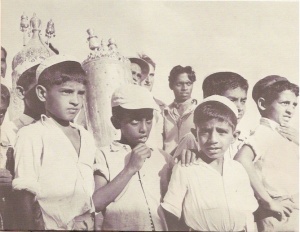
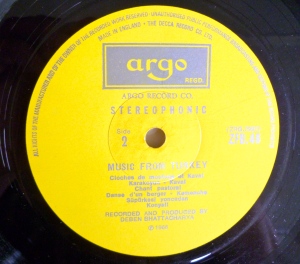 Another great lp from Deben Bhattacharya, this time on the english label Argo. This label issued many recordings of Mr. Bhattacharya under the generic title “The Living Tradition” in the 1960’s. Now, thanks to Bolingo and his fabulous blog “Anthems of the nation of Luobanya”, you can hear many of this lps, that includes great field recordings from many different countries.
Another great lp from Deben Bhattacharya, this time on the english label Argo. This label issued many recordings of Mr. Bhattacharya under the generic title “The Living Tradition” in the 1960’s. Now, thanks to Bolingo and his fabulous blog “Anthems of the nation of Luobanya”, you can hear many of this lps, that includes great field recordings from many different countries.

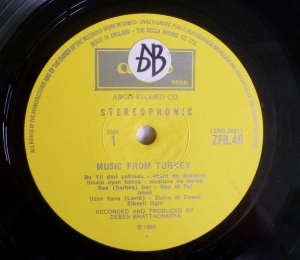
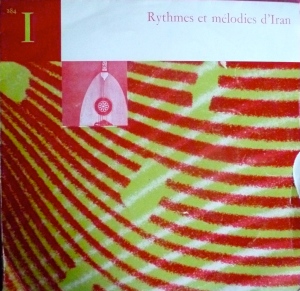
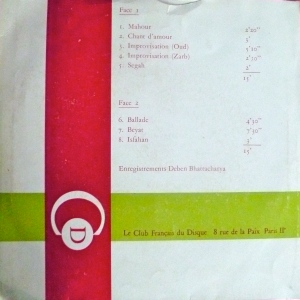
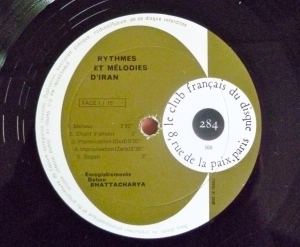
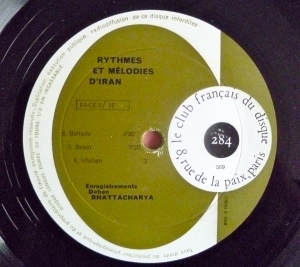
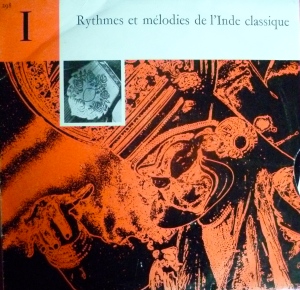
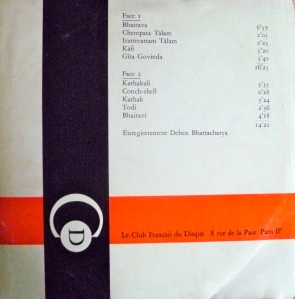

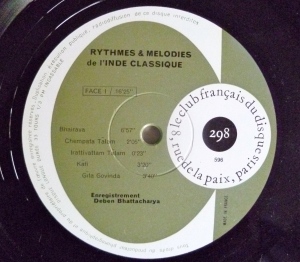
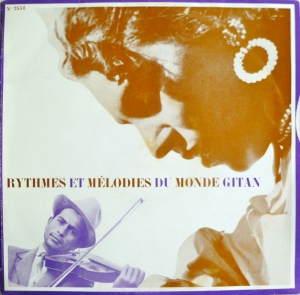


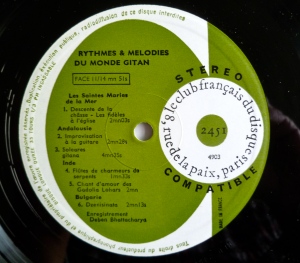



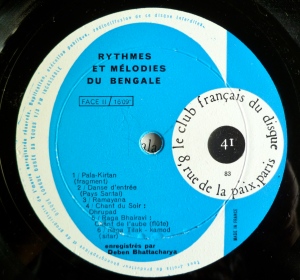
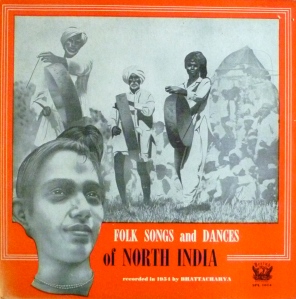
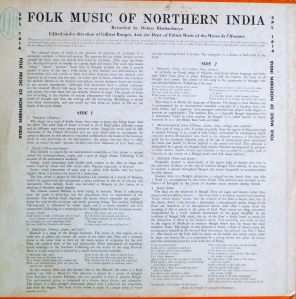
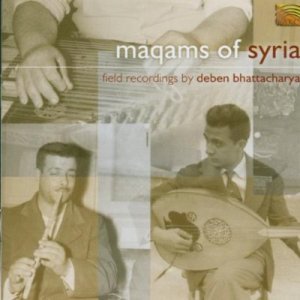
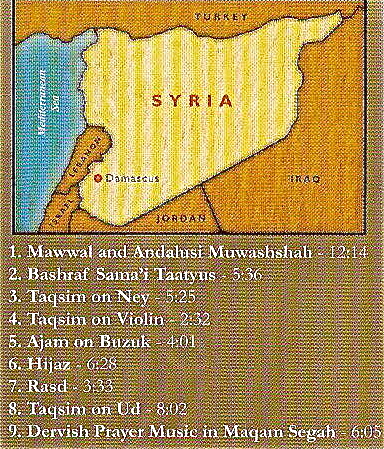
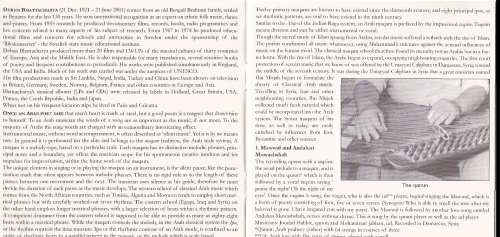
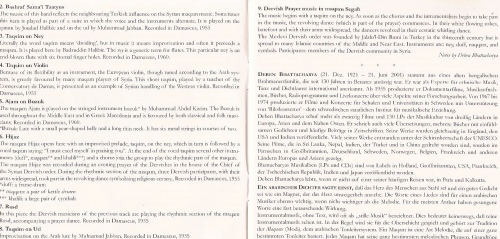
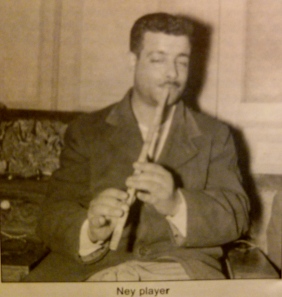
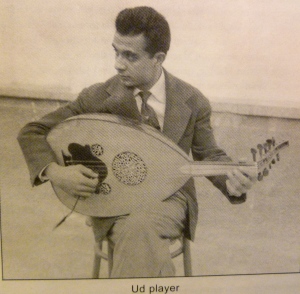












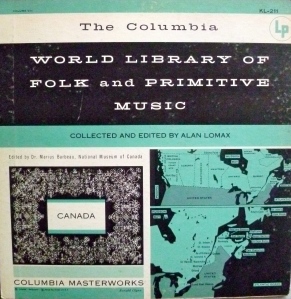
 Here we are with the last volume of the World Library we haven’t heard yet. This one is a sampling of the diverse folk music of Canada, and in a way it’s a good one to end this serie because of its great diversity. You’ll hear the music of the first inhabitants of the land, from the Iroquois to the Eskimo and the new music brought by the diverse immigrants: The French, the English and the Scottish. This volume was edited and by the canadian folklorist and ethnographer Marius Barbeau. (photo on the right)
Here we are with the last volume of the World Library we haven’t heard yet. This one is a sampling of the diverse folk music of Canada, and in a way it’s a good one to end this serie because of its great diversity. You’ll hear the music of the first inhabitants of the land, from the Iroquois to the Eskimo and the new music brought by the diverse immigrants: The French, the English and the Scottish. This volume was edited and by the canadian folklorist and ethnographer Marius Barbeau. (photo on the right)

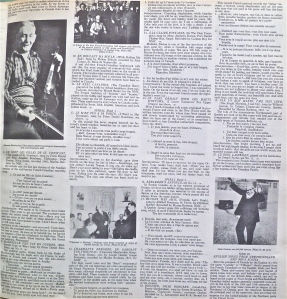



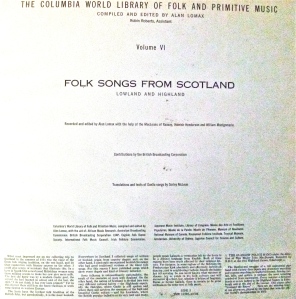
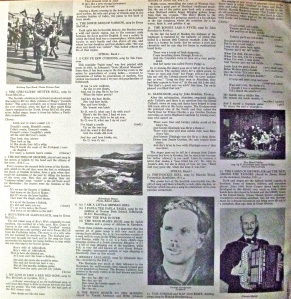


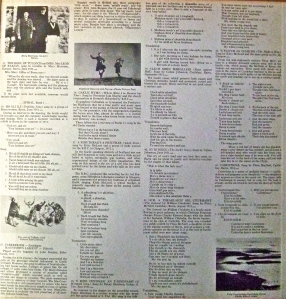
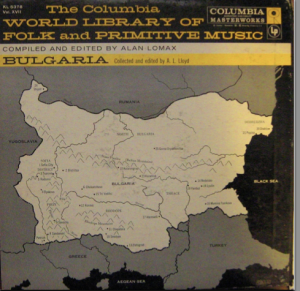
 This is the last volume in the World Library serie and it’s another stunning sampler of traditional music, this time from Bulgaria. It was recorded in the field by english folk singer and collector of folk song A. L Lloyd in the fifties. Most of the pieces here, either vocal or instrumental use a kind of minor scale and some assymetrical meters typical of balkan dance music. Some instruments heard here are the gaida (goat-skin bagpipe), the kaval (a end-blown flute), the gadulka (bowed string instrument similar to the rebec) and the tambura (lute). The vocal pieces are poweful and moving, sung in open, full-throat style.
This is the last volume in the World Library serie and it’s another stunning sampler of traditional music, this time from Bulgaria. It was recorded in the field by english folk singer and collector of folk song A. L Lloyd in the fifties. Most of the pieces here, either vocal or instrumental use a kind of minor scale and some assymetrical meters typical of balkan dance music. Some instruments heard here are the gaida (goat-skin bagpipe), the kaval (a end-blown flute), the gadulka (bowed string instrument similar to the rebec) and the tambura (lute). The vocal pieces are poweful and moving, sung in open, full-throat style.
